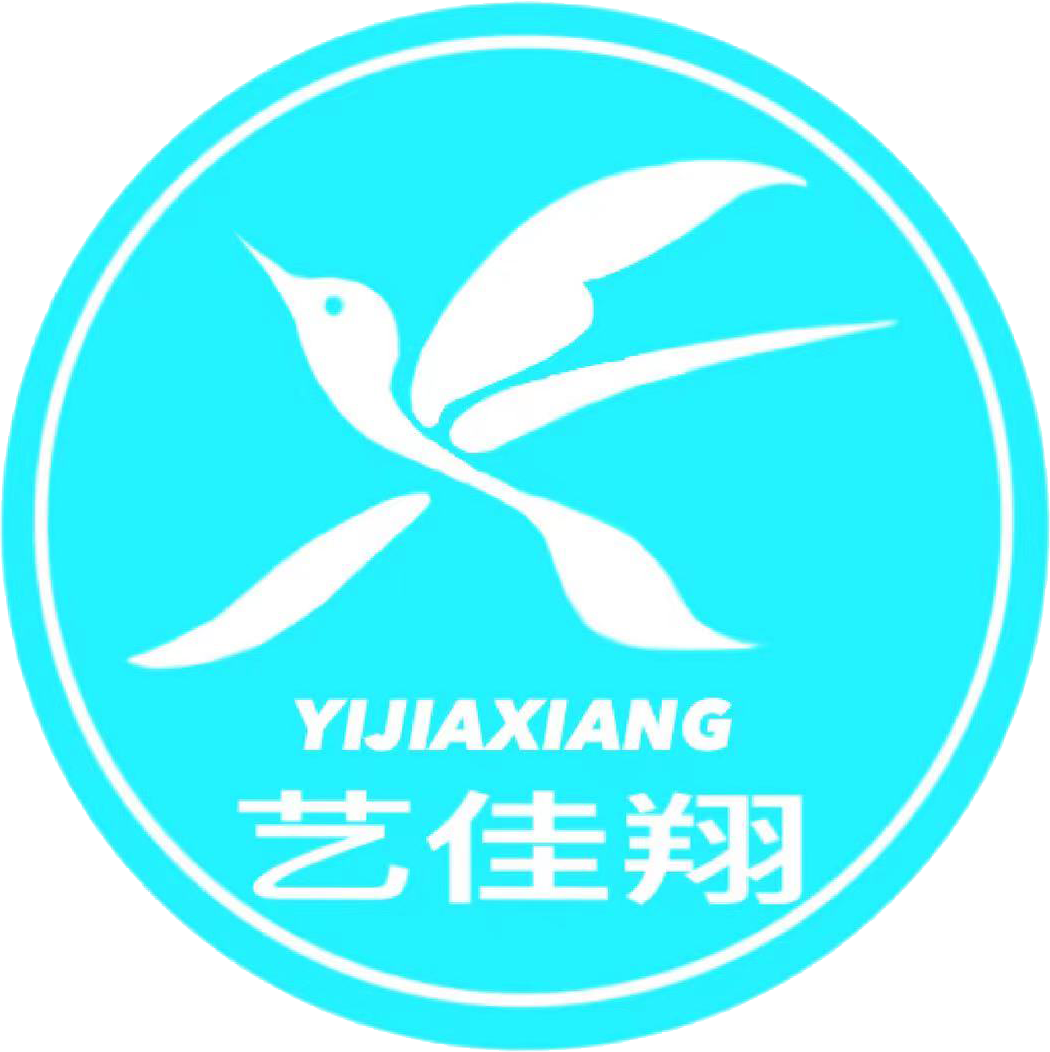20
2025
-
05
Unlocking the Potential of Silicone Printing in Textile Manufacturing
Silicone printing has emerged as a leading technique in the textile industry, particularly for those involved in producing various textile products. This method leverages the unique properties of silicone to create vibrant, long-lasting prints on fabrics. One of the primary advantages of silicone printing is its ability to bond seamlessly with a wide range of materials, making it suitable for various textiles, including cotton, polyester, and blends.
One of the most significant benefits of silicone printing is its durability. Unlike traditional ink methods, silicone-based inks are resistant to cracking, fading, and peeling. This resilience is particularly advantageous for products that undergo frequent washing or exposure to outdoor conditions. As a result, items printed with silicone inks maintain their vivid colors and intricate designs much longer, which is essential for enhancing customer satisfaction and brand loyalty.
Moreover, silicone printing is an environmentally friendly option. The inks used in this process are typically free from harmful solvents and chemicals, reducing the ecological footprint of textile manufacturing. This aligns with the growing consumer demand for sustainable and eco-conscious products. By adopting silicone printing, manufacturers can not only improve product quality but also promote their commitment to sustainability, which can be a strong selling point in today's market.
In addition to its durability and environmental benefits, silicone printing offers versatility in design. It enables the creation of complex patterns and textures that are not possible with traditional printing methods. The soft and flexible nature of silicone inks allows for a tactile experience, giving textiles a unique feel and enhancing their aesthetic appeal. This characteristic makes silicone printing an excellent choice for fashion, activewear, and home textiles.
When considering adopting silicone printing, it’s essential for manufacturers to invest in quality equipment and trained personnel. The printing process requires precision and expertise to achieve the best results, particularly when it comes to registration and color mixing. Investing in high-quality silicone inks and printing machinery can ensure that the final products meet customer expectations.
Furthermore, as the industry continues to evolve, staying updated with the latest advancements in silicone printing technology is crucial. Innovations such as improved ink formulations and advanced printing techniques can further enhance the results, allowing manufacturers to stay competitive in a rapidly changing market.
In conclusion, silicone printing represents a promising avenue for textile manufacturers looking to enhance product quality, sustainability, and design versatility. By embracing this innovative printing method, businesses can not only meet consumer demands but also position themselves for future success in the textile industry.
silicone printing
Previous Page

Telephone:18850529927

Mailbox:87339004@qq.com

Address: Room 401, No. 90 Huliyuan, Tong 'an District, Xiamen City

WeChat QR
Copyright©2023 Xiamen Shunyi Xingyuan Industry and Trade Co., Ltd.SEO Tags

 Language
Language






